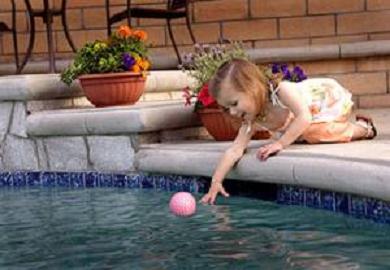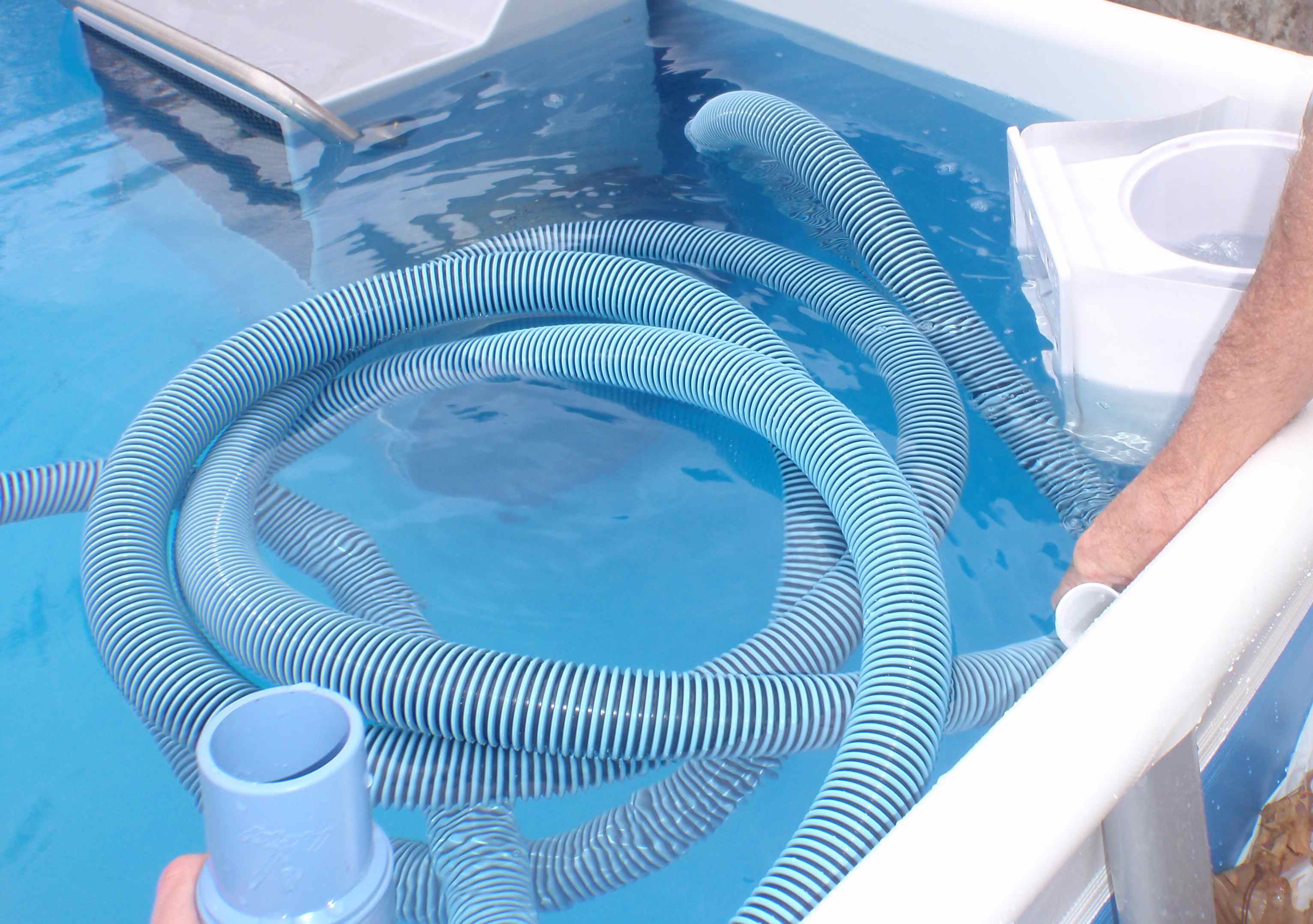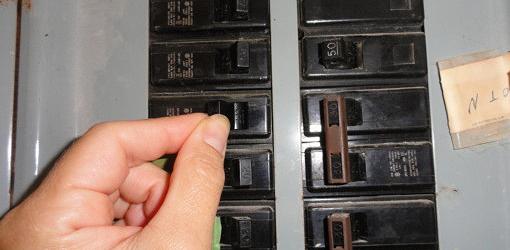Whether above or below ground, the system of pumps and filters are the vital heart that makes the pool work, bringing in clean water and keeping it pristine for use. This article, part of a long series on pools from HowStuffWorks.com, explores the complexities of pool pipe and pump systems.
Pool Drain Systems
We've already seen that the water in a swimming pool needs to circulate through a filtering system, to remove dirt and debris. During normal operation, water flows to the filtering system through two or more main drains at the bottom of the pool and multiple skimmer drains around the top of the pool.
The main drains are usually located on the lowest point in the pool, so the entire pool surface slants toward them. Most of the dirt and debris that sinks exits the pool through these drains. To keep people from getting their hair or limbs caught in the plumbing, the drains are almost always covered with grates or antivortex covers (a cover that diverts the flow of water to prevent a dangerous vortex from forming.
The skimmers draw water the same way as the main drains, but they suck only from the very top of the pool (the top eighth of an inch, typically). Any debris that floats -- leaves, suntan oil, hair -- leaves the pool through these drains. The diagram below shows a common system.
In the system described here, the floating weir, the door at the inlet passageway, swings in and out to let a very small volume of water in at a time. To catch debris effectively, the goal is to skim just the surface level. The water flows through the strainer basket, which catches any larger debris, such as twigs and leaves. In addition to the main inlet, the skimmer system has a secondary equalizer line leading to a drain below the surface level. This line keeps the skimmer from drawing air into the pump system if the water level drops below the level of the main inlet.
The water is pumped through the filtering system and back out to returns, inlet valves around the side of the pool. This system involves a lot of suction, but if the pool is built and operated correctly, there is virtually no risk of suction holding somebody against one of the drains. The only way the plumbing system could apply this sort of suction is if there were only one open drain. In a safe pool, there are always multiple main drains as well as several skimmer drains, so if somebody or something blocks one drain, the pumping system will pull water from one of the other drains. This eliminates the suction on the blocked drain.
Most swimming pools also have a couple of vacuum ports, which are only used in pool cleaning. These ports attach to pool vacuum cleaners, which work something like ordinary vacuum cleaners except that they suck water instead of air. The vacuum ports may have their own pumping system, but in most pools they are driven by the main pump.
After making its way into the various drains, the water flows on to the filtering stage. In the next section, we'll find out what the pumping and filtering systems are all about.
Pool Pump Systems
To most of us, a pool is, more or less, a big hole in the ground. We don't see most of the expensive machinery in a pool system, because it's usually tucked away in nearby pump room. But this is the stuff that really makes the pool work.
The heart of the pool system is the water pump. In a typical pump system, an electric motor spins an impeller inside the pump housing. The impeller drives the water from the various drains through the filter and back out to the water inlets.
Just before it flows into the pump, the water passes through a metal strainer basket that catches leaves and other large debris that might clog up the pump.
Next, the water flows into the filter (or, in this setup, one of two filters). In the next section, you'll find out what happens at this point in the system.
Blue World Pools specializes in the sale and installation of above-ground pools to fit the budget and quality demands of discerning homeowners. Visit this website for a wide selection of above-ground pools.















